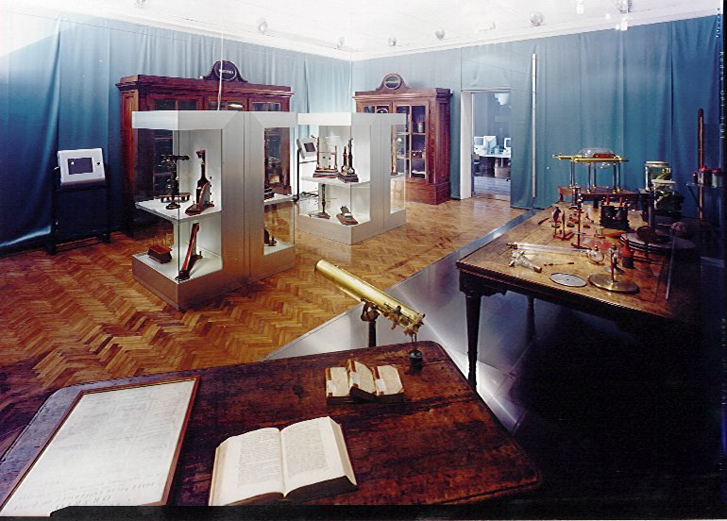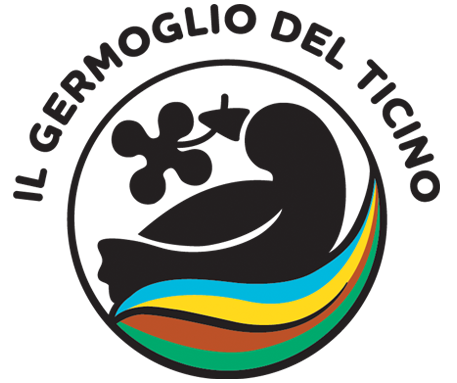
Description
Dating back to the Middle Ages, the University has been a Guardian of ancient manuscripts, texts and scientific instruments that bear witness to the activities of the University. The historic courtyards have since become laboratories of famous people who chose Pavia as the center of their studies.
In 1936 the University saw the opening of the Museum. It is located within the University’s central building, overlooking the courtyard of the fallen. Preserves manuscripts, printed books, scientific instruments, anatomical and naturalistic are a few objects that testify to the history of the University from its medieval origins.
The University of Pavia became one of the most advanced science centers in Europe, following the modifications sought by the Empress Maria Theresa of Austria. By that period the main collections came from the Physics and Medical Sections.
The medical faculty is divided into three rooms, with instruments that indicate the activity of the anatomy school of Antonio Scarpa and the Natural History Museum of LazzaroSpallanzani. Scarpa and Spallanzani both arrived in Pavia at the end of the eighteenth century. You can also see the works of Luigi Porta and Carlo Forlanini, and learn about the activities of the scientific school founded by Camillo Golgi. Golgi, in 1906, was the first Italian to win the Nobel Prize for medicine.
Alessandro Volta rebuilt the physics section of the lab, originally on the first floor, overlooking the legal porch in premises adjacent to the physical theater. In 1778, under the direction of Volta, the laboratory was equipped with new tools for teaching and research. It became a place admired by many Italian and foreign visitors. A second room accommodated the tools used by his successors in the nineteenth century.
The museum also keeps an archive that covers a time span between the fifteenth and the twentieth century. The documentation is particularly interesting in regards to the history of medicine, as it is an important addition to what is preserved in the State Archives of Pavia and at the Historical Archives of the University.
Insights
| Itineraries |
|---|
| Pavia: art, culture and tradition |
| Where to sleep |
|---|
| Where to eat |
|---|







